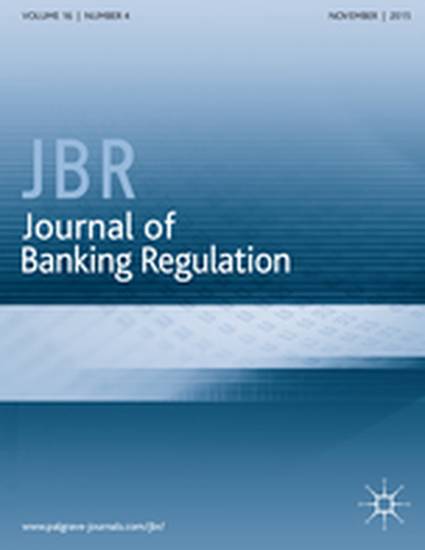
Article
Dodd–Frank’s Federal Deposit Insurance Reform
Journal of Banking Regulation
(2017)
Abstract
A seldom discussed part of the 2010 Dodd–Frank Act (DFA) is how the deposit insurance assessment alteration impacted different types of banks. We provide details of the reform and investigate the effects on the banking industry. The DFA called for an expansion of the assessment base used to determine deposit insurance fees, along with a simultaneous reduction in assessment rates, so as to not raise additional fees paid. This reform did not affect all banks the same as a result of very different business models. The reform was aimed to benefit community banks at the expense of non-community banks. We estimate that community banks in the aggregate benefitted by more than $3.7 billion in deposit insurance fee reductions since the reform’s implementation in 2011. While non-community banks initially experienced increased fees, offsetting the benefits to community banks, we find evidence that non-community banks in the aggregate adjusted their funding behavior so that all but the largest banks also enjoyed benefits from the reform during our sample period.
Keywords
- deposit insurance,
- Dodd-Frank Act,
- commercial bank regulation,
- FDIC,
- too big to fail banks,
- community banks
Disciplines
Publication Date
September 14, 2017
DOI
10.1057/s41261-017-0050-3
Publisher Statement
Date provided is the online early release publication date.
Citation Information
Kyle D. Allen, Travis R. Davidson, Scott E. Hein and Matthew D. Whitledge. "Dodd–Frank’s Federal Deposit Insurance Reform" Journal of Banking Regulation (2017) ISSN: 1745-6452 Available at: http://works.bepress.com/kyle-allen/4/
